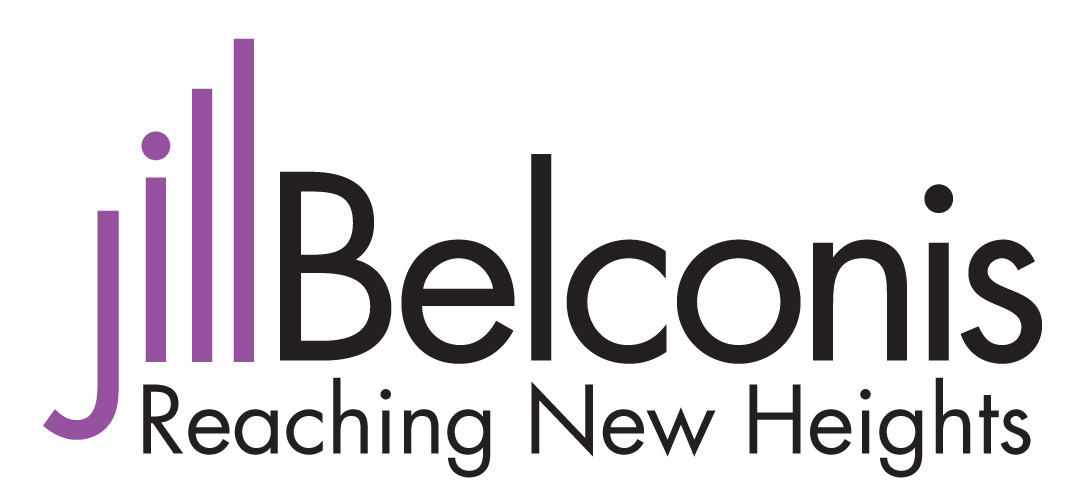I hear a recurring issue from CEOs. They’re frustrated with the silos that have formed in their organizations and don’t know how to break them down. Everyone is so focused on his or her own priorities, and therefore, there’s no alignment.
When I work with executive teams, the greatest challenges almost always come back to people, even when the strategy and process are solid. Over and over, I see that how individuals show up for each other determines the speed, the trust, and the overall health of the team. One framework that consistently makes a meaningful difference is Patrick Lencioni’s Ideal Team Player model: Humble, Hungry and Smart.

The most strategic advantage you have right now is your willingness to be wrong. This is the new paradox of leadership. We’ve all been trained to believe that the right decision requires perfect information, yet volatility has stripped that certainty away. Markets shift overnight, teams restructure faster than the org chart, and data seems to contradict itself weekly. The leaders who win aren’t the ones chasing certainty. They are the ones who have mastered the art of deciding in the dark.

Every executive team I coach works hard to align on strategy. They debate priorities, refine ROCKS (quarterly priorities), and finally walk out of the room confident they’ve nailed it.
Yet a few months in, progress feels uneven. Teams are stuck in old habits. Projects stall. Strategy looks great on paper, but it isn’t fully alive in day-to-day work.

When growth slows, most leaders look outside for answers—market conditions, competition, talent shortages. But in my coaching work with executive teams, I see a different pattern. More often than not, the bottleneck isn’t out there. It’s in the leadership team itself.

In our always-on world, disconnection feels counter-intuitive. Leaders often believe constant presence equals constant impact. We're wired to think "always on" means "always productive." But what if this mindset is actually holding you and your leadership team back?
The truth is, genuine disconnection is a strategic necessity. It's the deliberate act that unlocks clarity, fuels innovation, and builds a more autonomous, resilient team.


